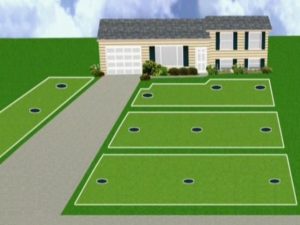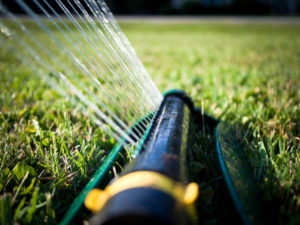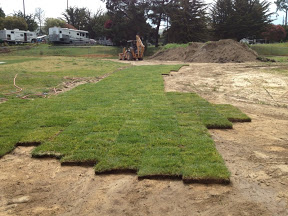We recently received a question from a reader? Can you jump-start a lawnmower using your car battery? The answer is yes, with conditions! First of all, your lawnmower must have a battery and an electric start capability. This rules out many lawnmowers. Operators need to check the manual to be sure that this can be done. There should be instructions on how to proceed.
If you do not have a manual, find one online for your lawnmower. Your car’s battery is 12 volts, which means you can only connect to another battery that is 12 volts. Make sure your lawnmower battery is also 12 volts.
Can you jump-start a lawnmower Using your Car Battery
Once you have confirmed that both batteries are 12 volts, you can connect them using proper jumper cables. Always connect positive terminals together and negative terminals together. Never connect positive to negative.
Now that they are connected, your lawnmower battery will be charging. Try starting the engine. You should only crank the engine for 5 or 10 seconds at a time. More than that, it can damage the starter motor or the battery.
If the engine does not start, you may have more serious problems. Start by disconnecting the jumper cables. Then, check that there is gasoline in the fuel tank. Add if necessary.
Next, check the spark plug. Remove it from the engine using appropriate tools. If it is corroded, either clean it up or replace it. Reset the gap to the manufacturer’s specifications.
Try restarting the engine using jumper cables if necessary. If it still does not start, you may have more serious problems and should consult a mechanic.













